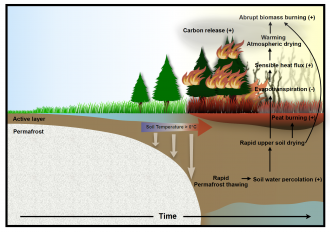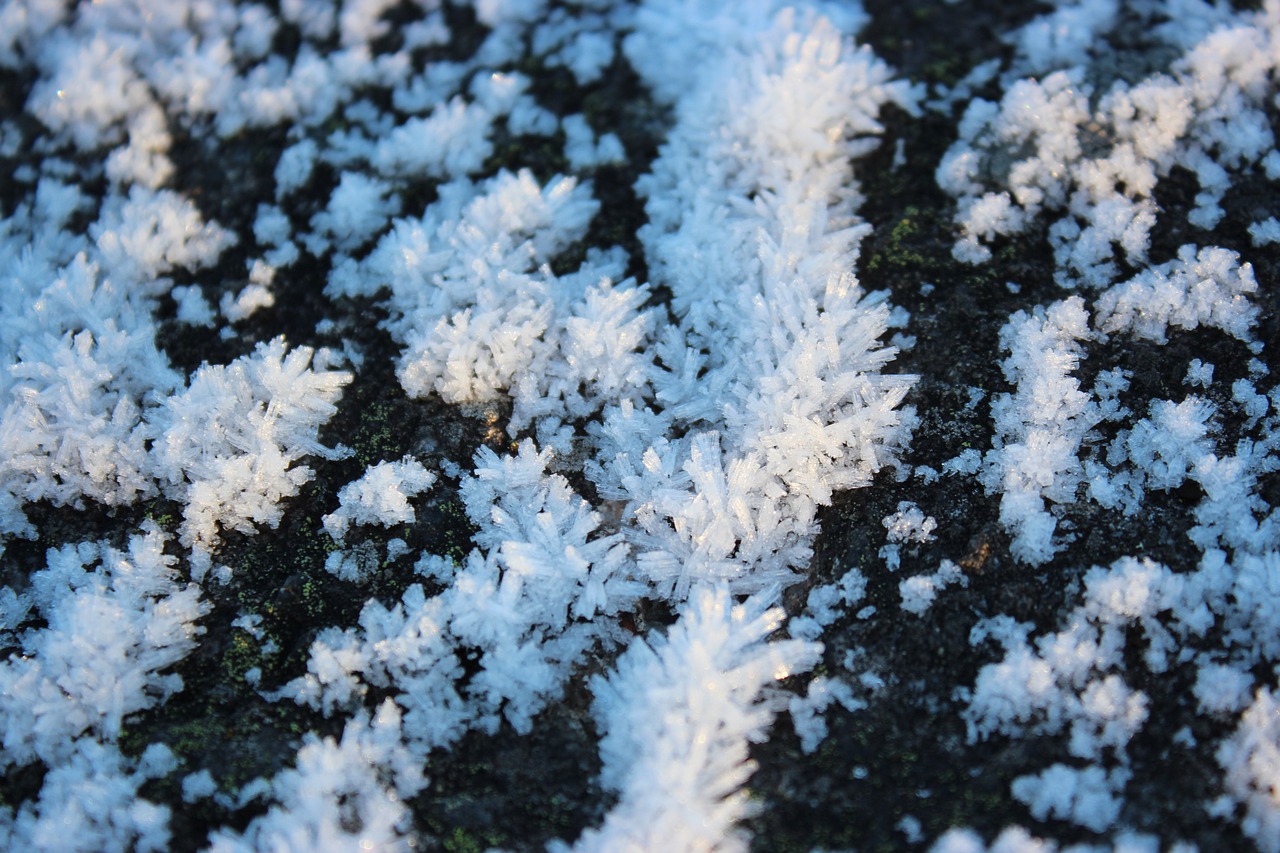Media release
From:
1. Climate change: The impact of permafrost thawing on Arctic wildfires *IMAGE*
Projected rapid permafrost thawing due to climate change could lead to an increase in wildfires in Arctic and subarctic regions, according to research published in Nature Communications. An abrupt increase in wildfires over permafrost regions may lead to changes in net terrestrial carbon uptake.
Wildfires in the carbon-rich soils of the Arctic and subarctic regions often occur in the relatively warm and dry summer periods. Permafrost (ground that remains permanently frozen) has been shown to be thawing due to warming global temperatures, leading to changes in soil moisture levels that might alter the likelihood of wildfires. However, the potential effects of this change have yet to be fully captured in comprehensive climate models.
In-Won Kim and colleagues set out to study the impact of permafrost thawing using the Community Earth System Model 2 (a climate model used to simulate the Earth's climate system). Rapid changes in permafrost thaw and wildfires were analysed in 50 climate simulations under both historical and projected future emissions scenarios for the period 1850 to 2100.
The model projects a notable increase in permafrost active layer thickness and a decrease in soil ice content in regions such as Siberia and Canada between the mid to late 21st century compared to the historical period. Warmer temperatures in future climate scenarios were also associated with a rapid decrease in soil moisture, as increased soil thawing could lead to moisture percolating downwards and away from the surface. This abrupt decline in soil moisture is associated with an increase in surface air temperature and decrease in relative humidity, further exacerbating the effects of rising temperatures. Such changes in soil moisture could be associated with a projected intensification of wildfires in high-latitude regions such as western Siberia and Canada by the end of the 21st century, the authors suggest.
This research emphasises the importance of improved modelling techniques that consider the complex environmental interactions, such as permafrost thawing and soil composition, which are affected by human-caused climate change.
Multimedia




 International
International


